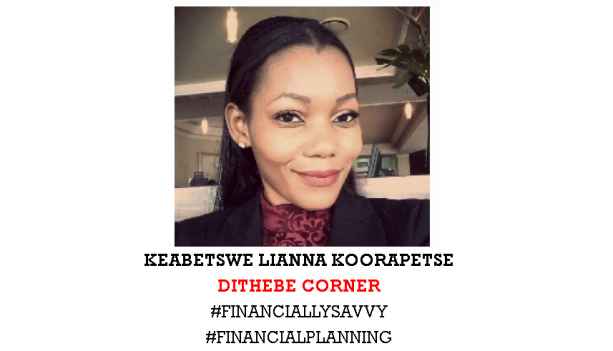The extended Easter holidays are amongst us and the excitement can be felt in every corner. In earlier articles, we discovered that Resource Management goes beyond cash management. It firstly includes knowing what resources we have in our possession (cash, property, car, talents and so forth) as well as merging them with our financial and lifestyle goals. It also includes knowing how much we actually earn and knowing our true cost of living. We further categorised our budget planning into Rate 1 Factors, Rate 2 Factors and Spontaneous Factors. Rate 1 Factors consist of pure savings, retirement savings, investments and personal development activities. Rate 2 Factors consist of social events, vacations and other luxuries. Spontaneous Factors consist of unexpected events such as taking care of sick relatives, funerals, weddings, car damages and accidents, thefts, property damages and fires. All these components of resource management are additional small steps we take to live our best lives whilst working towards achieving our financial and lifestyle goals.
Some of us may have been aware of the upcoming holidays but failed to properly plan. Failure to properly plan not only brings us stress but also reduces the happiness we would have had otherwise. Once again, let us not make decisions when we are stressed or in a state of hyper emotions. This will help us avoid costly avenues such as unnecessary debt accumulation or raising finance even around holiday season.
Our financial planning topic for this week is EMERGENCY FUND PLANNING. An emergency is an unexpected event that tends to happen to all of us in the journey of life. The word emergency also describes the immediate attention required by this unexpected event. Planning for such events will fall under our Spontaneous Factor category in our Resource Management. In the same mindset, an emergency fund houses savings which we only use for emergencies.
Why we need an emergency fund: medical aid or medical insurance costs; loss of employment – such as retrenchment; loss of income – such as being demoted or taking unpaid employment leave; loss of business – through insolvency or liquidation; damage to property – because of theft or regular house maintenance repairs; car repairs; lawyer fees – for divorce, criminal cases or other disputes; separation from a spouse; funerals; and weddings.
An emergency fund also gives us a peace of mind to not be desperate to sell our assets when the market is not ready to offer a profitable return.
How much should I have in my emergency fund?
Professionals recommend an amount equal to: three months of our monthly salary – or the time depending on the chances of you finding new employment OR six months of our living expenses – most especially if we have a strict debt repayment schedule. We may elect to save more than these amounts. But, because we have proper financial planning which includes diversified investments, insurances and funeral policies, these amounts are reasonably adequate for our emergency fund.
Where to keep an emergency fund: A savings account; money market fund; and other liquid investments.
Characteristics of an emergency fund are that funds that can be readily available within a week or less; flexible input of funds; flexible withdrawal of funds; and low maintenance costs.
Be mindful that the time it takes for us to access our emergency fund cash is prolonged by how much interest or risk profile our fund stipulates. The higher the interest return or the risker the investment vehicle, the longer it may take to withdraw funds in the case of an emergency.
We may not know what these holidays and the future will bring but, we can be better prepared with having an emergency fund. Every thebe counts, and just like building up a savings account, we do the same to build up an emergency fund. We also need to remember to always replace the funds we use out of our emergency fund as well as keep it updated with our current lifestyle. As we are getting closer and closer to achieving our financial and lifestyle goals, continue to be focused and develop a thick skin to only use your emergency fund for only emergencies.
